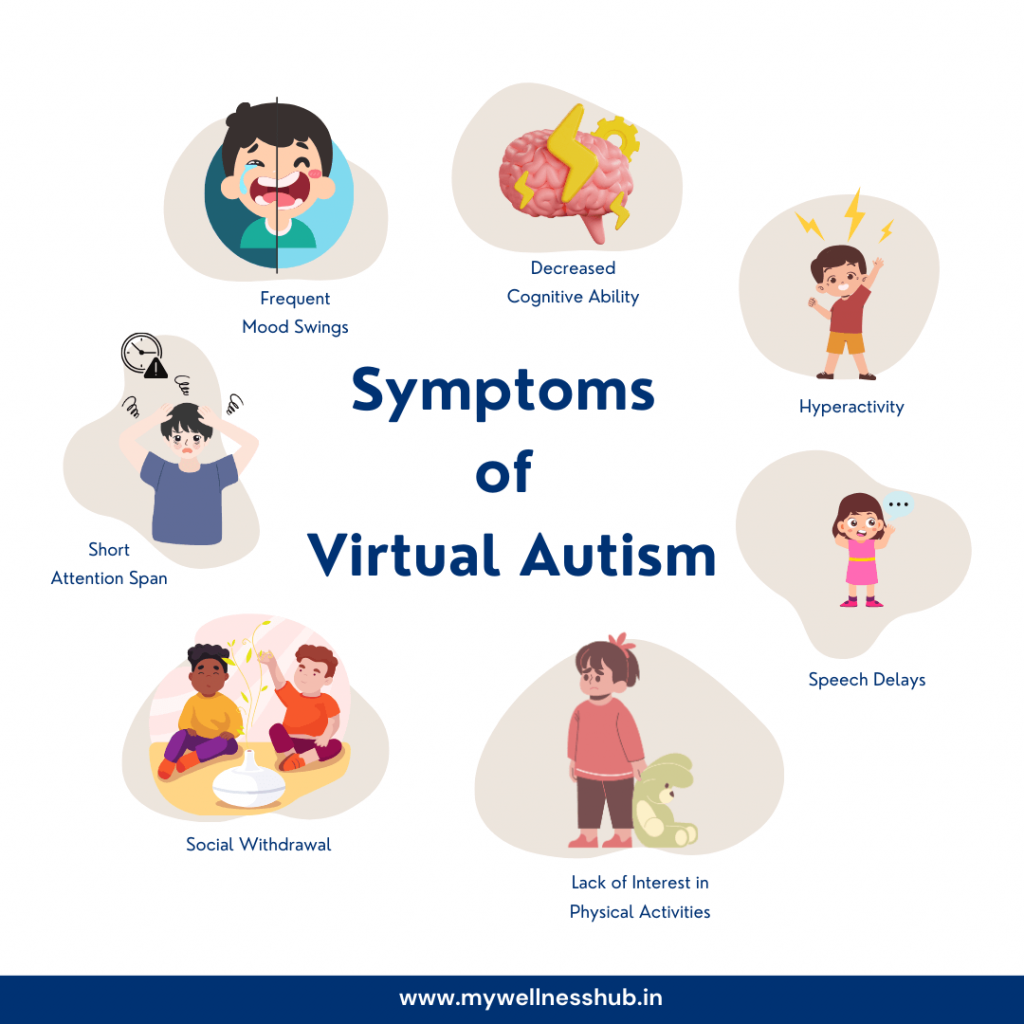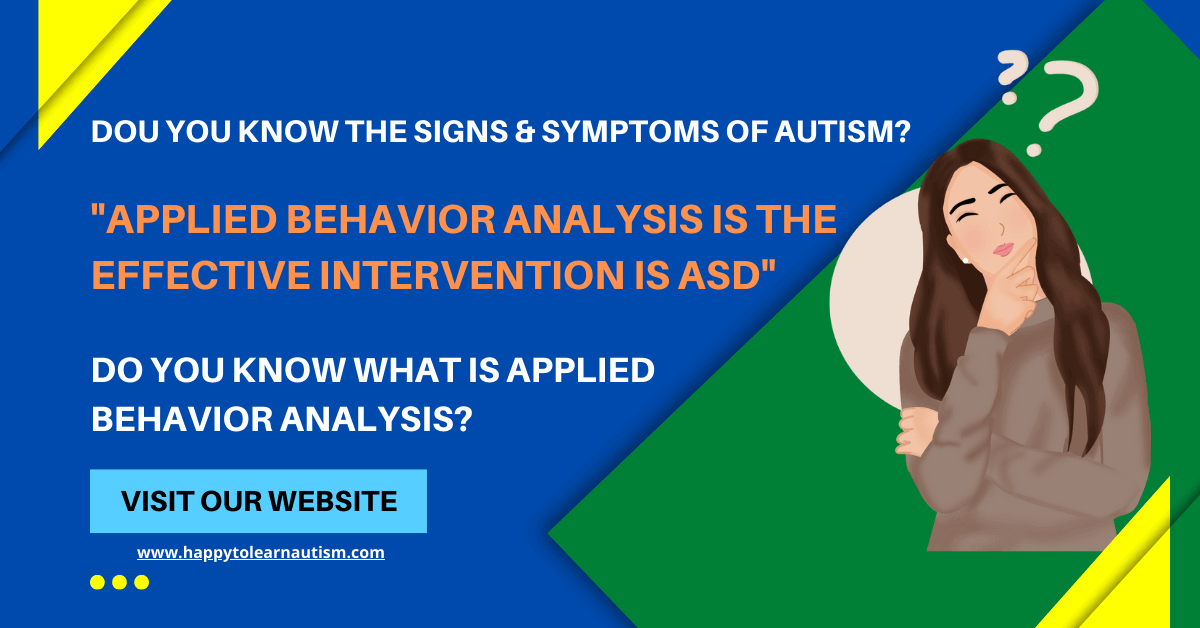Benefits of early intervention from an Aba Therapist Near Me makes a difference
Benefits of early intervention from an Aba Therapist Near Me makes a difference
Blog Article
Comprehending the Impact of Behavioral Autism on Life and Social Interactions
You may not recognize exactly how deeply behavioral autism impacts day-to-day life and social communications. Individuals on the range typically navigate a globe filled with interaction hurdles and sensory overload. These obstacles can lead to aggravation and isolation, influencing their relationships and overall wellness.
Defining Behavioral Autism and Its Features
Behavioral autism, frequently referred to as autism range condition (ASD), encompasses a series of problems identified by obstacles in social communication, communication, and repetitive actions. You could see that people with ASD often have a hard time to analyze social cues, which can lead to misconceptions in conversations. They might discover it hard to develop eye contact or involve in tiny talk, making social circumstances feel overwhelming.
Communication difficulties can show up in numerous methods, from postponed speech growth to a preference for using less words. Recurring actions, such as hand-flapping or shaking, can serve as coping devices to manage stress or sensory overload. These attributes can exceptionally influence day-to-day life, making it vital for you to comprehend and sustain those with ASD. By identifying these attributes, you can foster an atmosphere that promotes approval and motivates effective interaction, helping individuals with autism thrive in their day-to-day communications.
The Range of Autism: Comprehending Variability in Behavior
Autism spectrum condition (ASD) isn't a one-size-fits-all diagnosis; it varies widely among people. You may run into individuals that are very verbal and engage easily in discussions, while others may choose solitary tasks or connect non-verbally.
In addition, the means individuals with ASD reply to sensory input can differ significantly; some could be bewildered by bright lights or loud sounds, whereas others flourish in stimulating settings. The range also consists of differences in social communications; some individuals may battle to translate social cues, while others browse social settings with loved one simplicity. Understanding this irregularity is essential, as it assists you appreciate everyone's special experience and tailor assistance to their certain requirements, cultivating a much more comprehensive environment for everyone.
Interaction Difficulties Dealt With by People With Autism
When you engage with people on the autism spectrum, you might notice their special communication obstacles. They often face troubles with both nonverbal and spoken hints, which can influence their social interactions. Recognizing these barriers is necessary for fostering much better links and support.

Verbal Interaction Troubles
Several people on the autism spectrum experience verbal interaction troubles that can significantly affect their daily interactions. Your volume, rate, or tone may not line up with social expectations, causing others to misinterpret your purposes. Acknowledging these difficulties can help you and your assistance network create approaches to enhance interaction and promote much better links with others in your everyday life.
Nonverbal Communication Obstacles
Verbal interaction isn't the only difficulty individuals on the autism range face; nonverbal communication obstacles can be equally as considerable. You could find it difficult to analyze body language, face expressions, and eye contact, which are important for reliable communication. These challenges can bring about misunderstandings or false impressions of social signs, making interactions feel frustrating or complex. You may battle to reveal your very own emotions with nonverbal means, leaving others not sure of your intentions or feelings. This separate can create sensations of seclusion and stress. Acknowledging these barriers is critical for promoting understanding and empathy in your interactions. By attending to nonverbal communication, you can find techniques to boost your social experiences and boost your general quality of life.
Social Communication Impacts
Social interactions can typically really feel frustrating as a result of the one-of-a-kind interaction challenges faced by individuals with autism. You might battle with translating social hints, making it difficult to comprehend sarcasm or body language. This can result in misunderstandings or uncomfortable minutes in conversations. Furthermore, starting and preserving conversations may really feel challenging, causing anxiousness in social situations. You may prefer structured settings, making spontaneous interactions uncomfortable. It's also typical to experience trouble in participating in little talk, which can impede forming new relationships. Identifying these difficulties can assist you find strategies to boost interaction, such as practicing social skills in secure setups or utilizing visual help - Aba Therapist. Comprehending your needs permits you to browse social interactions with better self-confidence and simplicity.
Social Communication and Connection Structure in Autism
While building connections can be testing for individuals with autism, recognizing their distinct viewpoints and communication designs can cultivate significant links. You may notice that several individuals on the range favor direct interaction and may battle with social hints or small talk. By being uncomplicated in your interactions, you can help develop a setting where they really feel comfy.
Make the effort to observe and listen exactly how they reveal themselves. This understanding can direct you in steering discussions more efficiently. Taking part in shared rate of interests can additionally offer as a bridge to deeper connections. Whether it's a pastime, a preferred program, or a common passion, these typical strings can open up doors to relationship.
Life Regimen: Browsing Approaches and obstacles
Maneuvering daily life routines can be particularly challenging for individuals with autism, particularly when unforeseen adjustments take place. You could locate convenience in having a structured routine, as it assists you anticipate what's next. It's normal to really feel distressed or overwhelmed when disruptions here take place. To browse these obstacles, consider implementing aesthetic schedules or lists. These devices can offer clarity and peace of mind.
Developing a routine that consists of sensory breaks can also be beneficial. This aids create an understanding atmosphere.
Lastly, method mindfulness techniques to handle stress and stress and anxiety. Simple breathing exercises or basing methods can make a significant difference. By including these strategies, you can improve your daily routine and decrease disruptions, making life feel extra manageable.
Staminas and Capacities of Individuals on the Autism Range
Comprehending everyday life regimens is simply one element of the autism experience. Several individuals on the autism spectrum possess exceptional toughness and capacities that establish them apart.
Additionally, your memory abilities usually shine, especially in areas of rate of interest. Autism Spectrum Therapies. This knack for retaining information can make you a useful resource in areas like modern technology, art, or scientific research. You might likewise display strong aesthetic thinking, enabling you to visualize intricate principles and fix issues creatively
In addition, your one-of-a-kind viewpoint on the world can foster compassion and understanding in others, enhancing social interactions. Welcoming these staminas not only enhances your confidence yet likewise helps others value the diverse abilities you give the table.
Creating Comprehensive Atmospheres for People With Autism
Producing comprehensive atmospheres for individuals with autism starts with creating sensory-friendly spaces that deal with their one-of-a-kind needs. You can also cultivate chances for social communication, assisting to construct relationships and connections. By making these changes, you'll add to a much more welcoming environment for every person.
Designing Sensory-Friendly Spaces
While designing sensory-friendly areas, it's essential to show on the one-of-a-kind needs of people with autism. Start by selecting calming colors and soft lights to create a calming environment. Incorporate silent zones where individuals can pull away and recharge when overwhelmed. You'll wish to lessen loud sounds and disturbances, utilizing soundproof materials or white noise makers to aid keep tranquility. Think about responsive components like soft fabrics or fidget-friendly things that can provide convenience. Ascertain that spaces are flexible, enabling simple rearrangement to fit different activities. Include visual routines or clear signage to help individuals navigate the space confidently. By thoughtfully integrating these elements, you can create a welcoming atmosphere that supports sensory demands and advertises total health.
Advertising Social Interaction Opportunities
Designing sensory-friendly spaces not only addresses specific convenience however likewise sets the stage for significant social interactions among individuals with autism. To advertise these interactions, develop comprehensive atmospheres that invite engagement. Organize structured tasks, like art classes or group video games, that motivate partnership without frustrating sensory input. Usage visual aids and clear communication to aid every person engage comfortably. Urge peer mentoring, combining individuals with autism with supportive peers who can assist them through social scenarios. Furthermore, consider organizing routine area occasions that commemorate neurodiversity, promoting acceptance and understanding among all individuals. By executing these methods, you can enhance social possibilities, helping people with autism develop friendships and reinforce their social skills in a risk-free, inviting atmosphere.

Often Asked Questions
How Can Friends Support Somebody With Behavioral Autism?
You can sustain a friend with behavior autism by holding your horses, paying attention proactively, and valuing their borders. Participate in tasks they take pleasure in, connect openly, and create a comfortable atmosphere where they really feel valued and comprehended.
What Resources Are Offered for Moms And Dads of Kid With Autism?
You can discover numerous sources for parents of kids with autism, including support teams, instructional internet sites, and neighborhood social work. Attaching with various other parents can also give important insights and shared experiences to aid navigate difficulties.
Can Behavioral Autism Change With Time?

Yes, behavioral autism can transform over time. You may notice changes in interaction, social skills, and actions as your child expands. Early intervention and assistance frequently play vital functions in these developmental modifications.
Just How Do Sensory Sensitivities Impact Daily Life?
Sensory level of sensitivities can make everyday experiences frustrating. You might fight with loud noises or intense lights, resulting in tension or avoidance. Discovering environments that accommodate your needs can greatly boost your convenience and overall day-to-day live.
What Are Usual Misconceptions Concerning Behavioral Autism?
You might believe behavior autism just influences communication skills, however it's even more facility. Many assume individuals do not have compassion or knowledge, which isn't real. Understanding these misconceptions assists foster approval and assistance for those on the range.
Behavior autism, often referred to as autism spectrum condition (ASD), encompasses a range of conditions characterized by difficulties in social interaction, communication, and repeated habits.Social communications can commonly feel overwhelming due to the distinct communication difficulties dealt with by individuals with autism.Designing sensory-friendly areas not only addresses private comfort however additionally establishes the phase for purposeful social communications among individuals with autism. Motivate peer mentoring, combining individuals with autism with helpful peers who can lead them via social scenarios. By implementing these methods, you can enhance social possibilities, aiding people with autism develop friendships and enhance their social skills in a safe, welcoming environment.
Report this page